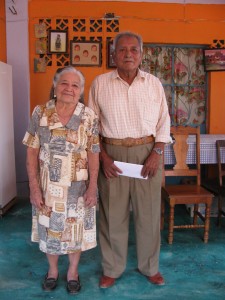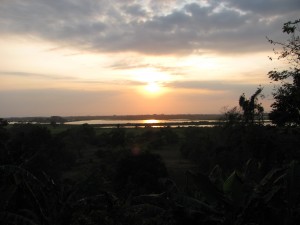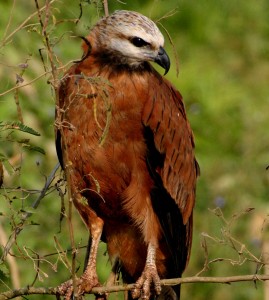NSU Newsroom
SharkBytes
Horizons
This version of NSU News has been archived as of February 28, 2019. To search through archived articles, visit nova.edu/search. To access the new version of NSU News, visit news.nova.edu.
This version of SharkBytes has been archived as of February 28, 2019. To search through archived articles, visit nova.edu/search. To access the new version of SharkBytes, visit sharkbytes.nova.edu.
Photo Exhibit about Mexican Farmers on Ancient Grounds Ends Apr. 30
|
|
 |
The Farquhar College of Arts and Sciences will present a photo exhibit, titled “Power, Land Use, and Environmental Consequences in Veracruz, Mexico,” through Apr. 30, in the north end of the Don Taft University Center. The exhibit features a showcase of photographs shot by two faculty members: Eileen Smith-Cavros, Ph.D., associate professor in the Division of Social and Behavioral Sciences, and Edward O. Keith, Ph.D., associate professor in the Division of Math, Science, and Technology.
The exhibit captures the people and places of El Manatí, an ancient archeological site in Veracruz, Mexico. El Manatí was once the site of sacred sacrifices and rituals by the Olmec civilization and is now home to rural-dwelling farmers (campesinos). Smith-Cavros and Keith traveled with students to Veracruz twice in 2009, conducting research and interviewing contemporary campesinos, the eldest of whom was 94 years old.
The farmers described a history of a changing and imperiled local environment. The lagoon landscape in which they live, once deep and supporting abundant wildlife, is drier today, and the wildlife is disappearing. The plentiful fish once harvested to feed local families began to be sold as a commodity, and areas of the lagoon were drained for cattle and agriculture.
Today, the local people speak sadly of these changes and of the past natural richness of the ecosystem. The socio-cultural consequences of the environmental differences include changes to the farmers’ daily activity, diet, family, and economic status. Yet the campesinos interviewed by Smith-Cavros, Keith, and students expressed a continued identification with the land and what remains of the surrounding lagoon.

This exhibit, which is the result of a grant from the Farquhar College of Arts and Sciences Office of the Dean as well as an NSU President’s Faculty Research and Development Grant, includes words and pictures from the farmers’ points of view. Corresponding with the college’s current academic theme of “Good and Evil,” the exhibit explores human-caused environmental shifts, their consequences, and the possibilities they present.
Admission to the exhibit is free, and all are welcome to attend. For more information, please contact Eileen Smith-Cavros, Ph.D., in the college’s Division of Social and Behavioral Sciences, at (954) 262-8172.
